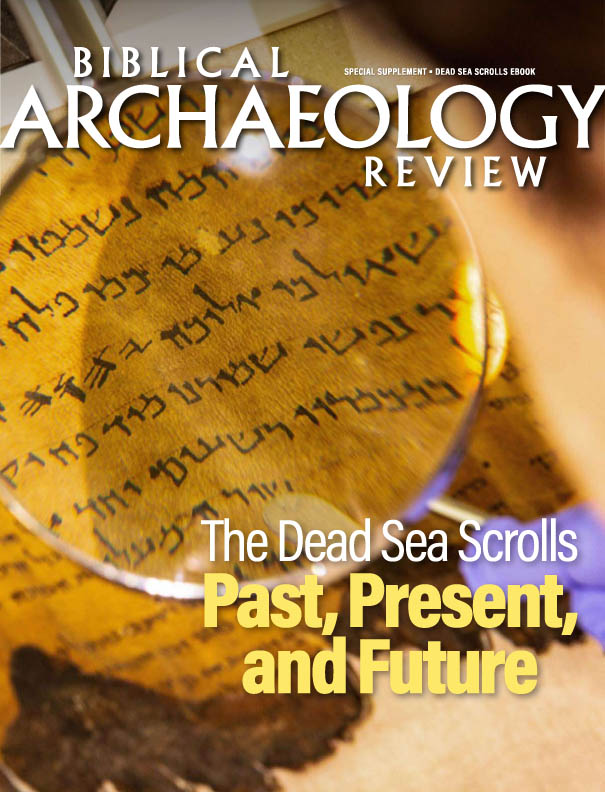The Herculaneum scrolls may be one of the most important sources of information on the ancient world ever discovered, yet they are practically unreadable, having been charred by the fires and ash of Mt. Vesuvius in 79 CE. That may no longer be a problem, thanks to the ingenious work of a 21-year-old computer science student from the University of Nebraska, Luke Farritor. Answering the call of the Vesuvius Challenge—a million-dollar competition to read the scrolls—Farritor became the first person to identify a full word within the nearly 2,000-year-old charred scrolls.
Unlocking the Herculaneum Scrolls
Training an artificial intelligence (AI) program to identify faint “crackles” in the 3D scans of the Herculaneum scrolls, Farritor successfully detected ten letters within a 0.6-inch square area of a scroll. While that may not seem like a lot, it was a major step on the journey to unlocking what may be one of the most important sources of ancient history ever discovered. The feat won Farritor the First Letters Prize, worth $40,000. Farritor’s ten letters included several lone letters and one word, porphyras, which means “purple.”
“This word is our first dive into an unopened ancient book, evocative of royalty, wealth, and even mockery,” Brent Seales, a computer scientist at the University of Kentucky who helped launch the Vesuvius Challenge, told The Guardian. “What will the context show? Pliny the Elder explores ‘purple’ in his ‘natural history’ as a production process for Tyrian purple from shellfish. The Gospel of Mark describes how Jesus was mocked as he was clothed in purple robes before crucifixion. What this particular scroll is discussing is still unknown, but I believe it will soon be revealed. An old, new story that starts for us with ‘purple’ is an incredible place to be.”

The Herculaneum scrolls are thought to be one of the only intact libraries from antiquity. They were excavated within a villa in Herculaneum near Mt. Vesuvius, which some believe to have been the home of the father-in-law of Julius Caesar. While some of the scrolls were able to be unrolled, most were too damaged to be opened without being destroyed. Many of the texts that have been read are works of Stoic Greek philosophy, such as that of Philodemus. However, no one knows what the rest of the scrolls contain, and they may even include early Christian writings, lost works of philosophy, or other unknown works.
Shortly after Farritor’s submission, Youssef Nader, an Egyptian bio-robotics student in Berlin, sent in a submission in which he was able to identify the same section of text with even more clarity. Nadar was awarded a $10,000 prize for taking second. A grand prize, worth $700,000, will go to the first person (or team) that can successfully read four passages of text from the two intact scrolls provided as the test source for the competition.
In 2023, Seales and his team announced an exciting competition. Releasing their software and thousands of their X-ray images from three different scrolls, the team hopes someone else will have the next breakthrough. But this is not just for fun: The University of Kentucky team, supported by two Silicon Valley donors, is offering a staggering one million dollars worth of prizes, including a $700,000 grand prize, to any group that can make significant headway in reading the Herculaneum scrolls. “We’re having a competition so we can scale up our ability to extract more and more of the text,” Seales stated. “The competitors will be standing on our shoulders with all of our work in hand.”
Read more in Bible History Daily:
All-Access members, read more in the BAS Library:
Not a BAS Library or All-Access Member yet? Join today.The post Herculaneum Scrolls Reveal New Secrets appeared first on Biblical Archaeology Society.


0 Commentaires